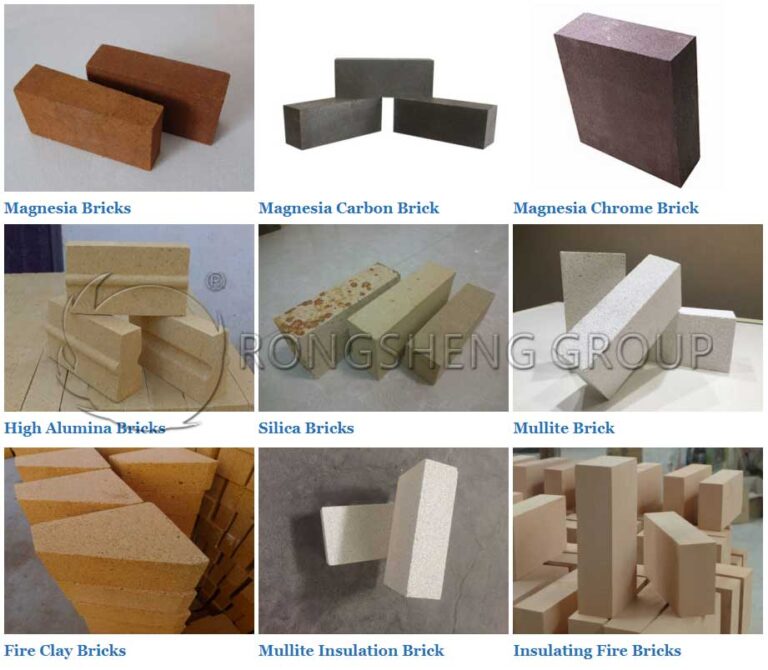The main function of the heating furnace is to heat the billets (small square billets, large square billets, slab billets, steel ingots) to 1000-1250℃ (rolling temperature) until they have sufficient plasticity to be rolled into the required section, size, or shape through a hot rolling mill. The required rolling temperature varies depending on the material’s chemical composition and grade. Based on the metallurgical properties of the raw materials and productivity, the heating furnace’s heating rate must also meet specific requirements and objectives. During the heating furnace processing, the material continuously passes through the furnace, heating the raw materials to a certain temperature.
Heating furnaces are categorized into continuous heating furnaces, walking-beam furnaces, regenerative furnaces, and roller-bottom furnaces, among others. The appropriate furnace type is selected based on heating capacity, material grade, and material shape. Heating furnaces used for metal heat treatment are also known as heat treatment furnaces. Furnaces used to heat steel ingots before the initial rolling or to homogenize the internal temperature of the steel ingots are called soaking furnaces.
The main function of the heating furnace is to be composed of refractory material (dense insulation material) that provides insulation for the heat storage chamber, the furnace body for supporting and transporting the heating elements, and the heat recovery system. The primary sources of heat for the heating furnace are petroleum, natural gas, electricity, and coal. The furnace temperature and pressure are controlled automatically, but manual control can also be used.
Refractory materials play a crucial role in controlling energy consumption and improving the efficiency of the heating furnace. The service life of the refractory lining and the production efficiency of the heating furnace largely depend on the proper selection of refractory materials, the design of refractory lining, and accurate construction methods.
The purpose of the refractory lining in the heating furnace is to prevent heat loss from the furnace body, ensuring that the outer surface temperature of the furnace is kept relatively low to meet safety working conditions around the heating furnace. This, in turn, helps achieve the target of fuel consumption per unit. The design of refractory materials also takes into account minimizing heat loss from the sidewalls, furnace roof, and furnace bottom to the maximum extent.

